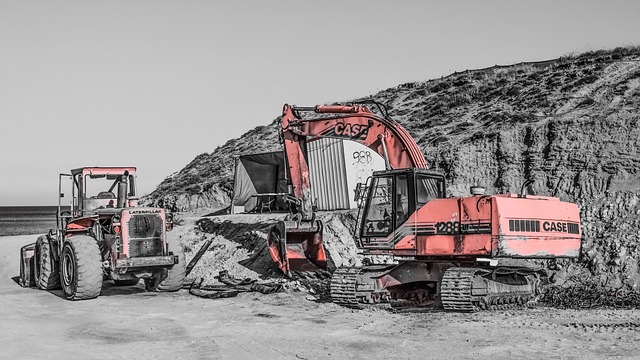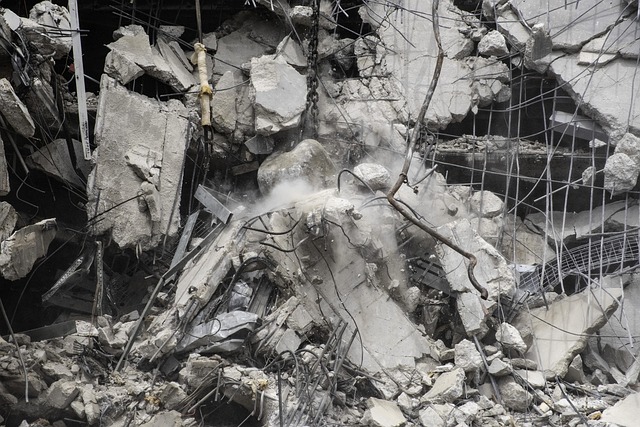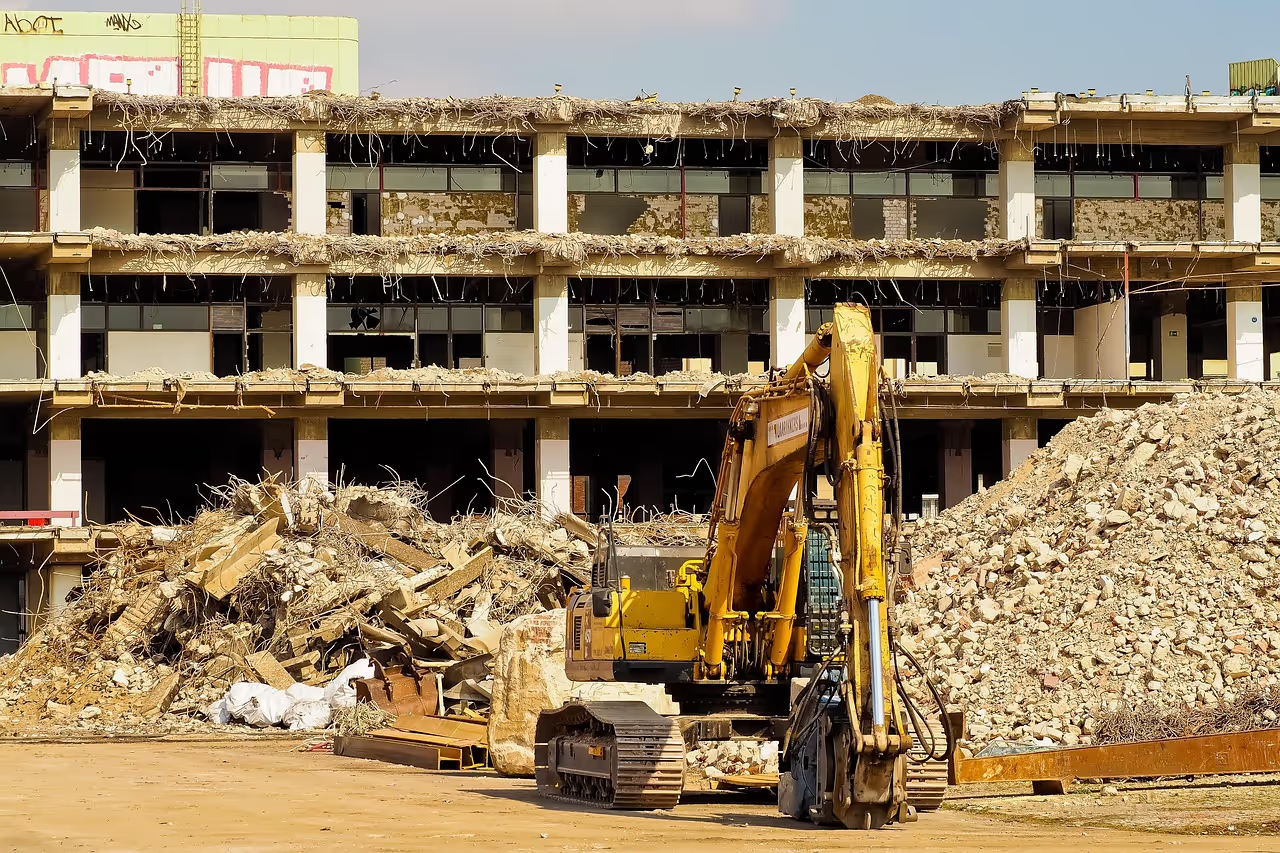The process of clearing debris from destroyed buildings and recycling construction materials for use in reconstruction projects is a top priority for achieving an effective and sustainable rebuilding effort in Syria. After years of conflict, vast quantities of rubble and waste have accumulated. This represents not only an environmental and logistical challenge but also a unique opportunity to transform it into a valuable resource that contributes to building the country's future.
From Challenge to Opportunity: The Importance of Debris Management

The accumulation of debris poses a significant burden on affected cities and regions. It obstructs traffic, occupies valuable space, and negatively impacts public health and the environment. However, this debris contains valuable materials that can be reused, transforming the challenge into a multifaceted opportunity:
- Cost Reduction: Recycling and integrating rubble into construction projects significantly reduces the need to import new building materials or extract them locally, thereby lowering the overall costs of reconstruction.
- Environmental Preservation: Reducing waste sent to landfills minimizes soil, water, and air pollution, and protects natural resources by lessening the need to extract new raw materials.
- Accelerated Reconstruction: The availability of locally recycled building materials speeds up project implementation, as materials become more readily available and in less time.
- Job Creation: Debris clearance, sorting, and processing operations require labor, contributing to the provision of temporary and permanent job opportunities for Syrians within their affected communities.
- Building Resilience: The use of durable and sustainable materials enhances the resilience of new infrastructure against future disasters.
International Recommendations: A Roadmap for Effective Recycling

UN programs and international organizations specializing in post-crisis reconstruction recommend a comprehensive approach to utilizing and recycling rubble. This includes several key steps:
- Survey and Assessment: Conducting a thorough survey of the debris to identify the types of materials present (concrete, steel, wood, plastic, etc.) and estimate their quantities, which aids in developing effective management plans.
- Segregation and Sorting: Separating different materials either on-site or at designated collection centers. Good sorting is the cornerstone of effective recycling.
- Processing and Preparation: Crushing concrete and asphalt into suitable sizes for use as aggregates in concrete mixes or as sub-base layers for roads. Processing scrap metal for remelting, and wood for reuse or conversion into bio-fuel.
- Reuse in Specific Projects:
- Road Paving: Using recycled aggregates as a base and sub-base for roads is one of the most common and cost-effective applications.
- Rebuilding Facilities and Infrastructure: Recycled materials can be incorporated into the production of building blocks, non-structural concrete, or for filling foundations.
- Landscaping and Garden Projects: Some types of debris can be used in urban beautification projects or as earthen barriers.
Towards a Sustainable Future 🇸🇾
Integrating debris management and construction material recycling into Syria's reconstruction strategy is not just an environmental choice; it's a smart economic and social approach. It not only reduces the environmental impact of the reconstruction process but also contributes to creating a local circular economy, providing job opportunities, cutting costs, and enhancing the resilience of Syrian cities. Thus, the remnants of destruction are transformed into building blocks for a prosperous and sustainable future.




